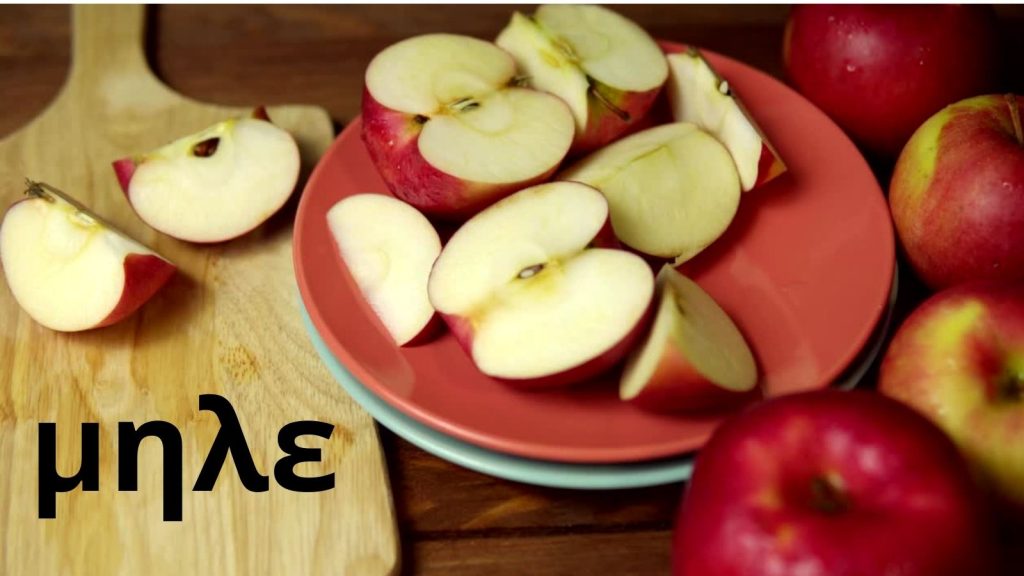Introduction
Welcome to the fascinating world of μηλε! Whether you’re already familiar with it or stumbled upon it, this article will take you on a journey through its rich history, cultural significance, health benefits, and more. So, let’s dive right in and discover why μηλε is so special!
2. Understanding μηλε
μηλε, an ancient fruit with roots in various cultures, has been cherished for its unique taste and health benefits. Known for its versatility, μη’λε is a staple in many traditional and modern dishes. |
3. History of μηλε
The history of μηλε dates back thousands of years. It has been cultivated and enjoyed by many civilizations, each contributing to its rich heritage. From ancient myths to contemporary uses, μη’λε has a story worth telling. |
4. Cultural Significance
4.1. In Ancient Times
In ancient times, μηλε was more than a fruit; it was a symbol of prosperity and health. Various cultures considered it sacred and included it in their rituals and offerings.
4.2. In Modern Times
Today, μη’λε still holds cultural significance, especially in culinary traditions. It is celebrated in festivals and continues to be a beloved ingredient in many regional cuisines. |
5. The Mythology of μηλε
The mythology surrounding μηλε is as rich and diverse as the fruit itself. Stories and legends often depict μη’λε as a magical or divine gift, highlighting its esteemed place in ancient lore. |
6. The Health Benefits of μηλε
6.1. Nutritional Profile
μηλε is packed with essential nutrients, making it a powerhouse of health benefits. It’s rich in vitamins, minerals, and antioxidants that contribute to well-being.
6.2. Medicinal Uses
Beyond its nutritional value, μη’λε has been used in traditional medicine for centuries. It’s known to aid digestion, boost immunity, and even help with certain chronic conditions.
7. How to Incorporate μηλε into Your Diet
7.1. Traditional Recipes
Incorporating μηλε into your diet can be both delicious and beneficial. Traditional recipes often include μη’λε in desserts, salads, and savory dishes.
7.2. Modern Recipes
For a modern twist, try adding μη’λε to smoothies, baking it into healthy snacks, or even creating gourmet dishes that highlight its unique flavor. |
8. Growing μηλε
8.1. Ideal Conditions
If you’re interested in growing μη’λε, you’ll need to understand its ideal growing conditions. It thrives in specific climates and requires particular care to flourish. |
8.2. Common Challenges
Growing μη’λε isn’t without its challenges. Pests, diseases, and environmental factors can impact its growth. Knowing how to address these issues is key to a successful harvest. |
9. μηλε in Popular Culture
μη’λε has made its mark not only in history and cuisine but also in popular culture. From literature to film, its presence is a testament to its enduring appeal. |
10. Conclusion
μηλε is more than a fruit; it’s a cultural icon, a health booster, and a culinary delight. Its rich history and versatile uses make it a fascinating subject worth exploring and celebrating. So, next time you enjoy μη’λε, remember its incredible journey through time and its myriad benefits. |
11. FAQs
Q1: What are the primary health benefits of μηλε?
A1: μηλε is rich in vitamins, minerals, and antioxidants, offering benefits such as improved digestion, boosted immunity, and better overall health.
Q2: Can I grow μη’λε at home?
A2: Yes, you can grow μη’λε at home if you provide the right conditions and care. It requires a specific climate, regular watering, and protection from pests.
Q3: What are some traditional dishes that include μη’λε?
A3: Traditional dishes with μη’λε include desserts like pies and cakes, as well as savory dishes such as salads and stews.
Q4: How does μη’λε feature in mythology?
A4: In mythology, μη’λε is often depicted as a divine or magical fruit, symbolizing prosperity and health. It’s featured in many ancient stories and legends.
Q5: What makes μη’λε significant today?
A5: μη’λε continues to be significant today due to its enduring presence in culinary traditions, festivals, and popular culture, reflecting its historical importance and versatility.
